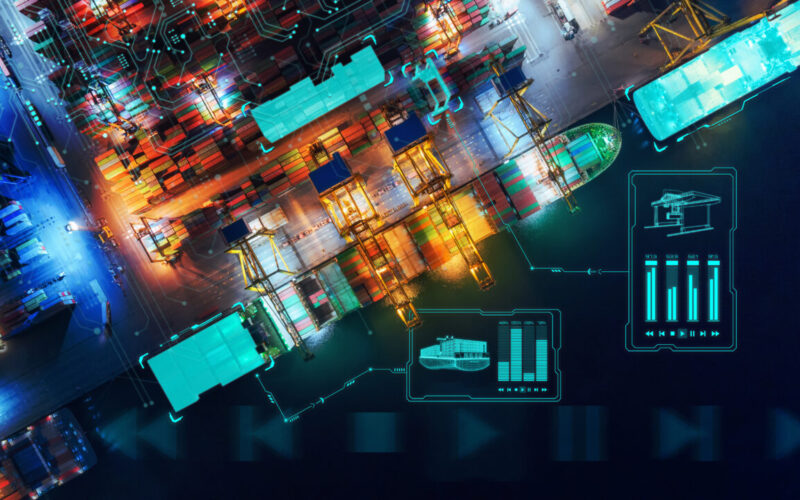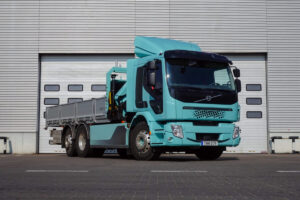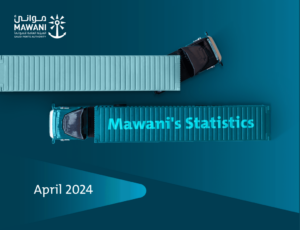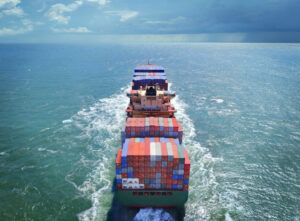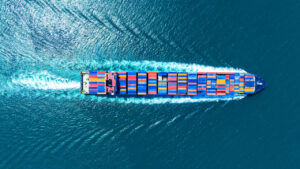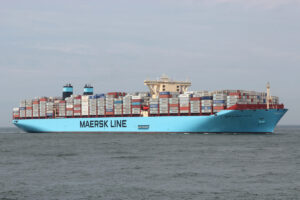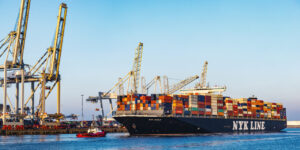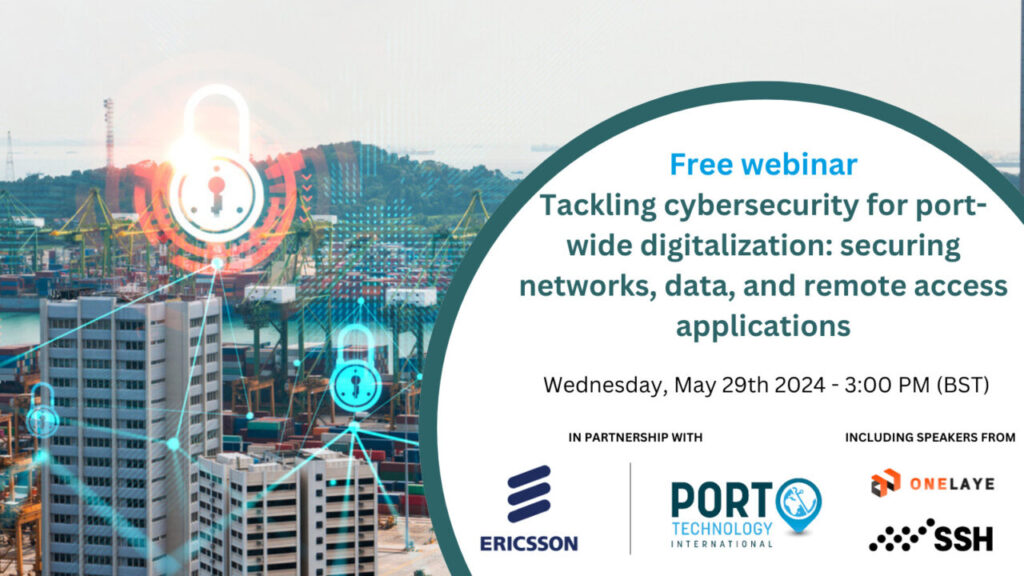Written by Mark Wootton
The term Digital Twin is already a buzzword. The concept is born from the union between the Internet of Things (IoT) and analytics, such as Artificial Intelligence (AI) and simulation, and is gaining significant traction in industries reliant on complex physical systems and processes.
Unsurprisingly, port design and operations are in the sights of this up-and-coming technology. But hype aside, let me spend a moment to define a Digital Twin, explore how it can deliver value, and impart sound advice on making it work well.
Essentially, a Digital Twin is an accurate virtual representation of an actual or intended physical object, process, or system. This digital replica is updated using data from its physical counterpart and other sources and uses machine learning and simulation to improve planning and decision-making.
Digital Twins have surprising applications. Airbus Industries created a Digital Twin of its giant A380. It simulated the aircraft’s in-flight behaviour in near-real-time and helped the company’s engineers to reduce its weight by several tonnes and extended its service life.
As ports become more complex, Digital Twins offer a way to optimise their design and operations and plan for future scenarios – from mitigating the impact of climate change to installing hydrogen-based fuelling systems.
Smart Mooring
A Smart Mooring Digital Twin in the Port of Rotterdam, the Netherlands, warns the port operator of unsafe situations for moored ships. The system predicts mooring forces and calculates ship motions days in advance by combining the dynamics of moored vessels with port data and weather forecasts. Such a twin will make a port safer and reduce the risk of damage – instilling confidence in port authorities, ship owners, and insurers.
Now imagine a stage further, creating a Digital Twin of an entire port. One that enables smart decision-making for the positioning of individual machines and cranes, the speed of bunkering, the flow and volume of container traffic, and much more. With it, port operators can design with confidence and reduce their running costs by fine-tuning real-world operations and by objectively simulating and assessing different scenarios. Also, to the delight of CFOs, infrastructure investments, such as adding new equipment, can be trialled before a single cent is committed.
Avoiding real and digital pitfalls
While Digital Twins are driven by the desire for efficiency and solving problems more intuitively, they tend to address complex things. As with any technology project, good planning is vital for success. For those about to start a Digital Twin project, it is worth considering the following.
- Define the problem you want to solve and make sure that solving it is aligned with your business strategy. Be value-driven not technology-driven and create a sound business case. This could be the need to optimise a particular design, reduce downtime, improve productivity, or enhance safety. Be sure the problem to be solved is defined from the outset and determine what success looks like. If this sounds like common sense advice, then it is.
- Map your stakeholders and different sponsors. This is crucial as it is likely there will be different budgets and agendas involved. Identify individual stakeholder needs and expectations and get their commitment upfront. Set expectations for what can and cannot be done. Be inclusive. Create a common understanding and use language that is understood by both business and maritime audiences. Don’t forget to address cyber security.
- Start small and scale. It is better to start small than go too far too early, and too fast. Software is expandable and it’s easier to scale a project when you are demonstrating value.
- Pick a strategic partner that possesses the skills and experience that you don’t have. They are more likely to see and unlock opportunities you cannot.
- Identify the data sources that matter. Avoid being swamped by data. Collect data from sensors, machines, or other devices and ensure your data are accurate, reliable, and, most important of all, relevant to the problem being solved. Then develop the twin, integrate the data, and test and validate your system rigorously. Discrepancies or inaccuracies must be addressed before deployment.
- Continue to calibrate your twin to improve its accuracy. Continuous improvement is key to ensuring that your Digital Twin continues to provide value and remains relevant over time.
- Don’t be afraid to fail. But learn fast from any setbacks and move forward.
Across all industries, the Digital Twin market is expanding. According to a June 2022 report from analyst firm MarketsandMarkets, the global market is forecast to reach $73.5 billion by 2027, with a five-year compound annual growth rate of 60.6 per cent. This reflects the value they offer businesses.
As twins gain momentum, different approaches have emerged. Some vendors are hardware and software-led, others asset and software-based, and there’s a host of niche applications. Irrespective of the approach, it’s doubly important to remember that success in the virtual world is dependent on the value delivered in the real one. Never forget that.

Mark Wootton is a Deputy Director at Royal HaskoningDHV, the international engineering consultancy, and is part of its Smart Ports team focused on terminal automation projects, operations, and project management. An experienced IT practitioner in the maritime industry, Mark has a BSc in Engineering, an MBA, and he is a recognised expert in port automation.

